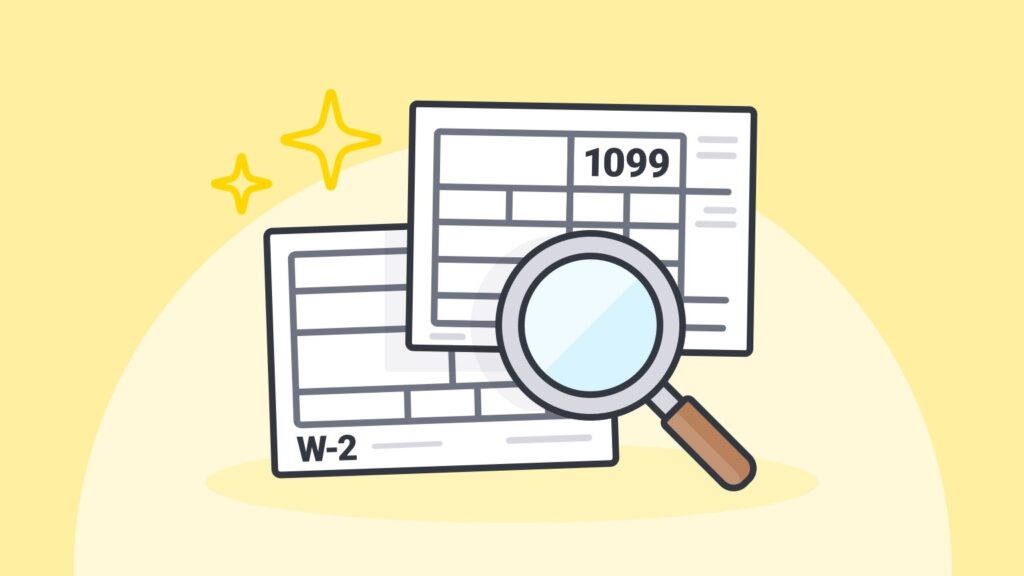Roth conversions have become increasingly popular in recent years, and for good reason. But while more people are hearing about this strategy, many don’t really understand how it applies to their specific situation. If you’re a high earner wondering whether a Roth conversion makes sense for you, this guide will help you understand the strategy and consider whether it is appropriate for your situation.
What Is a Roth Conversion?
A Roth conversion is when you move money from a pre-tax retirement account—such as a traditional IRA or 401(k)—into a Roth IRA, which is an after-tax account. Essentially, you’re choosing to pay taxes on those funds today rather than deferring them to the future.
Here’s how it works: Let’s say you have $50,000 in a traditional IRA. If you convert that to a Roth IRA, you’ll owe income taxes on the full $50,000 in the year you make the conversion. But once it’s in the Roth, that money—and any future earnings—will be tax-free when you withdraw it in retirement*.
Why Would You Want to Pay Taxes Early?
At first glance, this might seem counterintuitive. Why would you voluntarily pay taxes now instead of later? The answer lies in tax rate arbitrage—paying taxes when rates are lower to avoid paying them when rates are higher.
Many of my high-income clients are in their peak earning years, often in the 32% or 37% federal tax brackets. But there are strategic windows when their income—and tax rate—drops significantly. During these lower-tax periods, converting pre-tax retirement funds to Roth accounts can result in substantial lifetime tax savings.
Strategic Scenarios for Roth Conversions
1. Career Transitions and Sabbaticals
Life isn’t linear, especially for high achievers. You might decide to:
- Switch careers or take time off between jobs
- Pursue an MBA or advanced degree
- Take a sabbatical to travel or spend time with family
- Start your own business (which often means lower initial income)
During these transition periods, your taxable income may drop from $500,000 to $100,000 or less. This creates a potential opportunity to convert funds at a much lower tax rate.
2. The Year After Selling a Business
Many entrepreneurs experience a massive income spike the year they sell their business, followed by a significant drop. The year after the sale—when you’re no longer receiving business income—presents a conversion window opportunity.
3. Market Downturns
When the market is down significantly, you can convert the same number of shares at a lower dollar amount. For example, if your traditional IRA held 1,000 shares worth $100 each ($100,000 total), and the market drops so those shares are now worth $70 each ($70,000 total), you can convert all 1,000 shares while only paying taxes on $70,000 instead of $100,000.
Any growth that happens after the conversion accumulates tax-deferred and can be withdrawn from your Roth account tax-free in retirement.
4. Years with Large Tax Deductions
Some years present unique opportunities for additional tax deferrals:
- Large charitable donations: If you’re making significant charitable contributions and itemizing deductions
- Major business expenses: Equipment purchases, Section 179 deductions, or cost segregation studies
- Real estate investments: Depreciation from rental properties or opportunity zone investments
These deductions can offset the income from your Roth conversion, allowing you to convert funds while offsetting all or a portion of the taxes due on the amount converted.
5. Spouse’s Career Changes
When a spouse stops working—whether due to layoffs, career changes, or staying home with children—your household income may drop significantly. This reduction in income can create a conversion opportunity.
6. Unemployment or Reduced Income
While nobody plans for job loss, it can create an unexpected tax planning opportunity. If you’re between jobs or your income is temporarily reduced due to circumstances beyond your control, consider whether a Roth conversion makes sense during this lower-income period.
Additional Strategic Considerations
Tax Diversification
Even if you’re currently in a high tax bracket, having a mix of pre-tax and Roth accounts gives you flexibility in retirement. You can strategically withdraw from different account types based on your tax situation each year.
Estate Planning Benefits
Roth IRAs don’t have required minimum distributions (RMDs) during your lifetime, making them excellent wealth transfer vehicles. If you don’t need the funds in retirement, Roth accounts can continue accumulating any earnings on a tax advantaged basis and transfer to heirs tax-free.
Managing Future Tax Rates
With current tax rates set to sunset after 2025 and growing federal deficits, many financial experts believe tax rates could be higher in the future. Converting now at today’s rates could protect you from future tax increases.
Important Considerations Before Converting
Cash Flow Impact
Make sure you have enough cash flow to pay the conversion taxes without dipping into retirement funds. Ideally, you’ll pay the taxes from non-retirement accounts to maximize the benefit.
Five-Year Rule
Converted funds must remain in the Roth account for five years and you must be at least age 59 1/2 before you can withdraw them income tax and penalty-free (this applies to each conversion separately).
Income Limits Don’t Apply
Unlike Roth IRA contributions, there are no income limits for conversions. This can make them particularly valuable for high earners who can’t contribute directly to Roth accounts.
Making It Strategic
The key to successful Roth conversions is being strategic about timing and amount. Here are some guidelines:
- Work with your tax professional to model different conversion scenarios
- Consider partial conversions to stay within lower tax brackets
- Time conversions carefully around other major financial events
- Consider multi-year strategies rather than one-time large conversions
The Bottom Line
Roth conversions aren’t right for everyone or every year, but they can be incredibly powerful when used strategically. The goal isn’t to convert everything at once—it’s to identify windows of opportunity when you can pay taxes at lower rates to reduce your lifetime tax burden.
If you’re in a high tax bracket now but anticipate lower-income years ahead, or if any of the scenarios above apply to your situation, it may be worth exploring whether a Roth conversion fits into your financial strategy.
Remember, tax planning should be proactive, not reactive. By staying ahead of these opportunities and working with qualified professionals, you can make strategic decisions that benefit your financial future for decades to come.
*Earnings withdrawn before the account has been owned 5 years and before the account owner is age 59 ½ will be subject to taxes and tax penalty.
Any discussion of taxes is for general information purposes only, does not purport to be complete or cover every situation, and should not be construed as legal, tax or accounting advice. Clients should confer with their qualified legal, tax and accounting advisors as appropriate.
CRN202710-8848858


